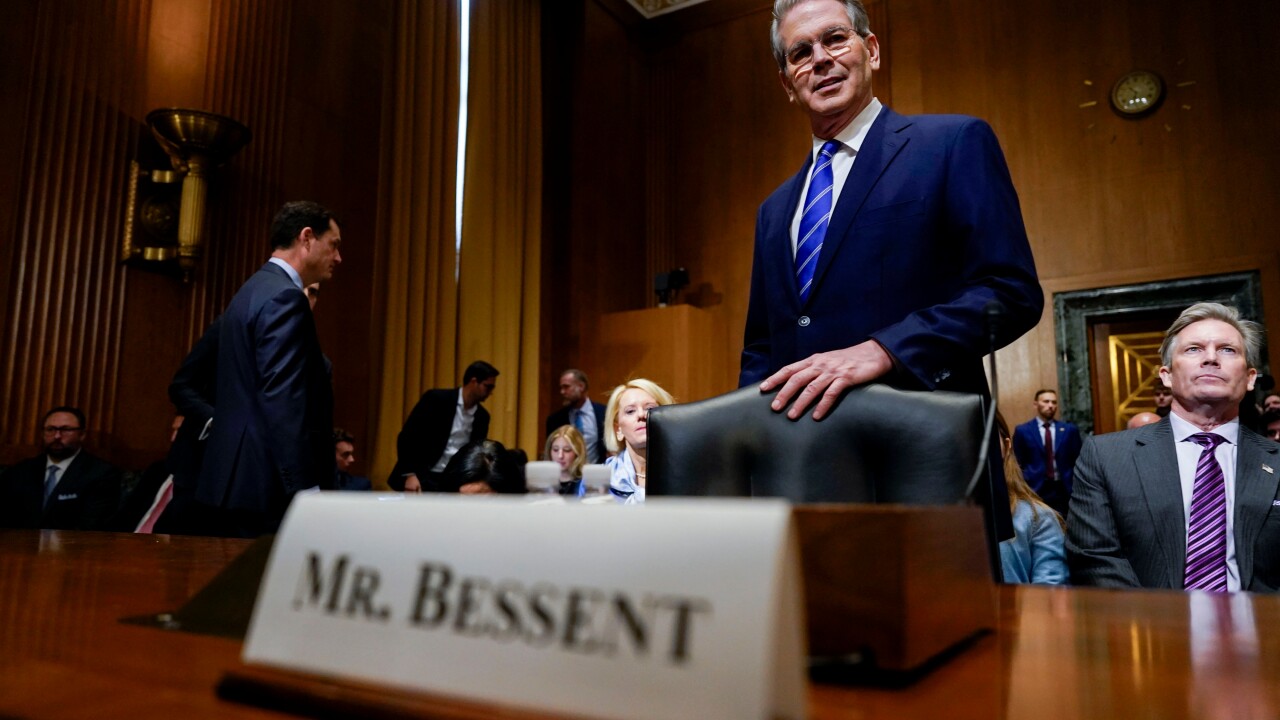Treasury Reaffirms Important Regulatory Exemptions for CDFIs
The United States Department of Treasury recently adopted new rules for Community Development Financial Institutions (CDFI). These new rules remove all uncertainty relating to the ability of CDFIs to rely on the exemption from Regulation Z's Qualified Mortgage and Ability to Repay rules provided to them by the Consumer Financial Protection Bureau (CFPB). Treasury has now clearly stated that "CDFIs are exempted from CFPB's Ability to Repay/Qualified Mortgage (ATR/QM) rule (12 CFR 1026.43 ) and the CDFI Fund does not require [CDFI Applicants] to meet the specific ATR requirements prescribed by the rule."[1]
The Treasury also issued An Overview of Key Updates to the CDFI Certification Application reaffirming that "the CDFI Fund is not requiring CDFIs to conform to the ATR/QM underwriting standards." In fact, "the Revised Application clarifies that while the application may rely on concepts in the ATR/QM rule, the CDFI Fund is not requiring CDFIs to conform to the ATR/QM underwriting standards."[2]
Instead of requiring CDFIs to comply with the highly prescriptive approach under Regulation Z, the Treasury adopted a new requirement – called Responsible Lending Standards (RLS) to ensure CDFIs engage in fair, non-predatory lending practices. In fact, CDFIs are now required to attest that they "verify the income or assets of the borrower" prior to making a mortgage loan.[3]
Treasury's RLS are consistent with current Non-QM lender programs which generally require all borrowers to be underwritten based on their verified assets, their verified income, or a combination thereof. Highly successful CDFIs have developed programs that utilize a borrower's assets to underwrite the ability of the borrower to pay back a loan. These programs, which often rely on asset depletion, are utilized by borrowers with volatile or difficult to document incomes that make a debt-to-income calculation challenging, but who have adequate assets to pay back the loan over time.
Treasury's new policy has even expanded the CDFI flexibility to use innovative underwriting approaches for the underbanked. A CDFI "that does not use the underwriting standards prescribed by CFPB may still meet the standard for Certification through alternative underwriting approaches that consider a borrower's ability to pay back a loan including, for example, the use of qualitative compensating factors, alternative data (such as a cash flow analysis based on deposit account activity), or alternative or more inclusive credit models (including higher debt to income ratios)."[4]
All CDFI Stakeholders can rest assured that Treasury is ensuring each CDFI's compliance with the new RLS as part of the new CDFI Application and annual recertifications. A review of the new application makes clear exactly what is expected for CDFIs. Specifically, each CDFI applicant must answer whether its loan products require it to "verify the income or assets of the borrower of a covered mortgage loan product." Treasury then instructs each CDFI to "indicate whether or not the Applicant verifies the income or assets of the borrower of the covered mortgage loan product" [emphasis added]. This clear and actionable application provides CDFIs, and their stakeholders, the ability to ensure its practices are responsible and its lending activities are compliant with regulations.

[5]
While Treasury has reaffirmed CDFI exemptions from certain CFPB regulations such at ATR, CDFI remain subject to state lending laws, including those governing predatory lending practices, and regulatory requirements imposed on depository CDFI by the Federal Deposit Insurance Corporation, Federal Reserve Board, and Office of the Comptroller of the Currency. Importantly, CDFIs can now assure their counterparties that they are not only compliant with all regulatory laws governing predatory lending, but they also comply with Treasury's heightened rules for RLS. This confirms that each CDFI is not only compliant with law, but also providing loans that are consistent with its community development mission.
[1] Certification Application and Related Tools FAQ, 12/23, Page 7
[2] An Overview of Key Updates to the CDFI Certification Application, 12/7/23, page 5
[3] An Overview of Key Updates to the CDFI Certification Application, 12/7/23, page 6
[4] An Overview of Key Updates to the CDFI Certification Application, 12/7/23, page 7
[5] CDFI Certification Application Guidance – Jan 2024, page 122






